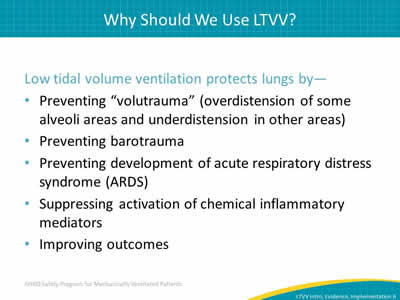
Ventilator Settings Tidal Volume. Volumes greater than 8 5 ml kg are considered to cause overdistention. Always use a lung protective strategy as there are not many advantages for higher tidal volumes and they will increase shear stress in the alveoli and may induce lung injury. Some of the main settings we can change in this mode of ventilation are. Normal tidal volume is 12 ml kg ideal body weight.

Changing either of these will affect the carbon dioxide levels of the patient. Volumes greater than 8 5 ml kg are considered to cause overdistention. Figure 29b 1 the ventilator provides an inspiratory flow over time to target a set volume. So the question is when needed. Ventilator induced lung injury such as ali ards can be caused by ventilation with very large tidal volumes in normal lungs as well as ventilation with moderate or small volumes in previously injured lungs and research shows that the incidence of ali increases with higher tidal volume settings in nonneurologically impaired patients. To avoid ventilator induced injury multiple trials have shown that limiting the tidal volume improves patient outcomes compared to using the larger volumes more common in the past.
The initial ventilator settings are as follows.
In patients with copd the tidal volume is 10 ml kg ideal body weight and in patients with ards it is set to 6 8 ml kg ideal body weight. Positive end expiratory pressure peep changing either of these will affect the oxygen levels of the patient. Changing either of these will affect the carbon dioxide levels of the patient. So the question is when needed. However if the lung is at the upper end of the pv curve because of excessive peep the 4 to 6 ml kg tidal volume will excessively distend the lung resulting in volutrauma. Tidal volumes delivered are dependent on the ventilator settings and the pathophysiology of the lung.